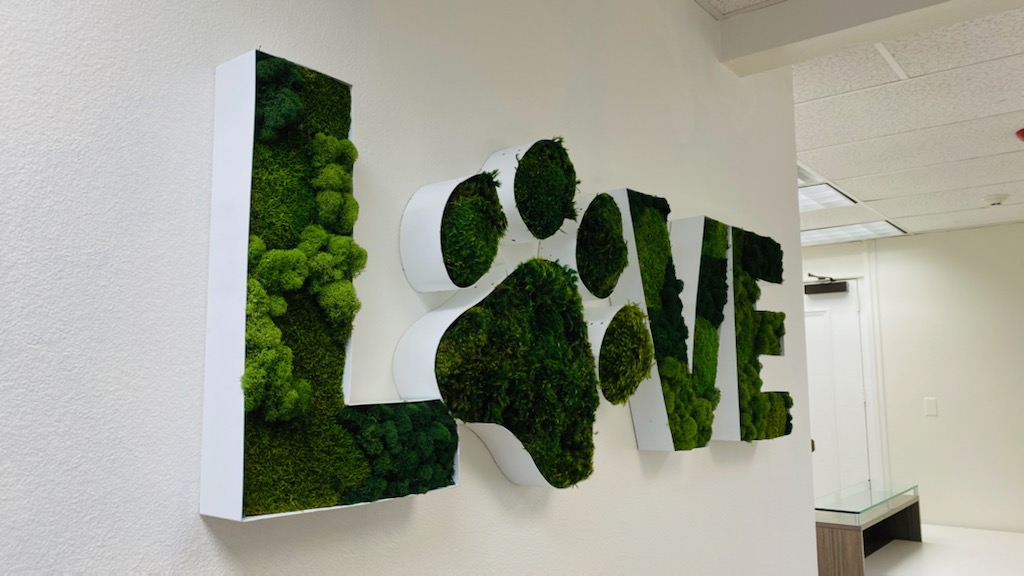March 19, 2014
Your Shortcut to Effective Signage

Your Shortcut to Effective Signage One million marketing messages each year. That is one estimate of the number of marketing messages the typical consumer sees. No wonder the consumer engages in what is called “selective perception” – the ability to see what they want to see, and screen out other messages.1 So how can your customer’s sign get on the consumer’s “want to see” list? We discussed quite a while ago that effective signage is simple. Signage is a fast impression media – it needs to “cut to the chase” right away. What guidelines can you offer your clients on how to design a sign that both communicates quicklyand receives ongoing consumer attention? Here is a guideline list that will help. Vincent Blasko of Arizona State University2 set forth these principles of effective billboard advertising, but they also apply to outdoor signage in general. They are: 1. Keep the copy short (8 words or less) 2. Simple background 3. Product identification 4. Simple message 5. Creative (use of clever phrases or illustrations) That is an excellent signage guideline set. It amazes me how many signs try to pack too much information into too small space at the expense of message clarity. For channel letters, the “background” is the building façade and the level of contrast the letters have against it. Just as a billboard can have either an overly busy background or a color scheme that makes the copy difficult to read, a letter set can have insufficient contrast to the building façade that can render it almost illegible.
Incorporating product identification is also a great principle. A product photo (or illustration) gets a critical part of sign message across at high speed – and also provides an effective complement to the brief sign copy. This is where a channel letter logo box can be a head-turning addition. Last, a talented graphic artist can be a worthwhile addition to your creative sign design process, provided their work incorporates these guidelines. You cannot permit a graphic artist to turn your client’s sign into their personal “work of art”. Clever design ideas are welcome – provided they fit into the guidelines above. This simple set of principles can help your client’s sign to stand out. Let them know in advance if their initial design strays too far from these guidelines. 1. Seth Godin, Permission Marketing: Turning Strangers into Friends and Friends into Customers (New York: Simon and Schuster, 1999). 2. Vincent J. Blasko, “A Content Analysis for the Creative Characteristics of Outdoor Advertising: National vs. Regional Differences,” Proceedings of the 1985 Conference of the American Academy of Advertising, Nancy Stephens, Tempe, AZ 1985, 17-21.
